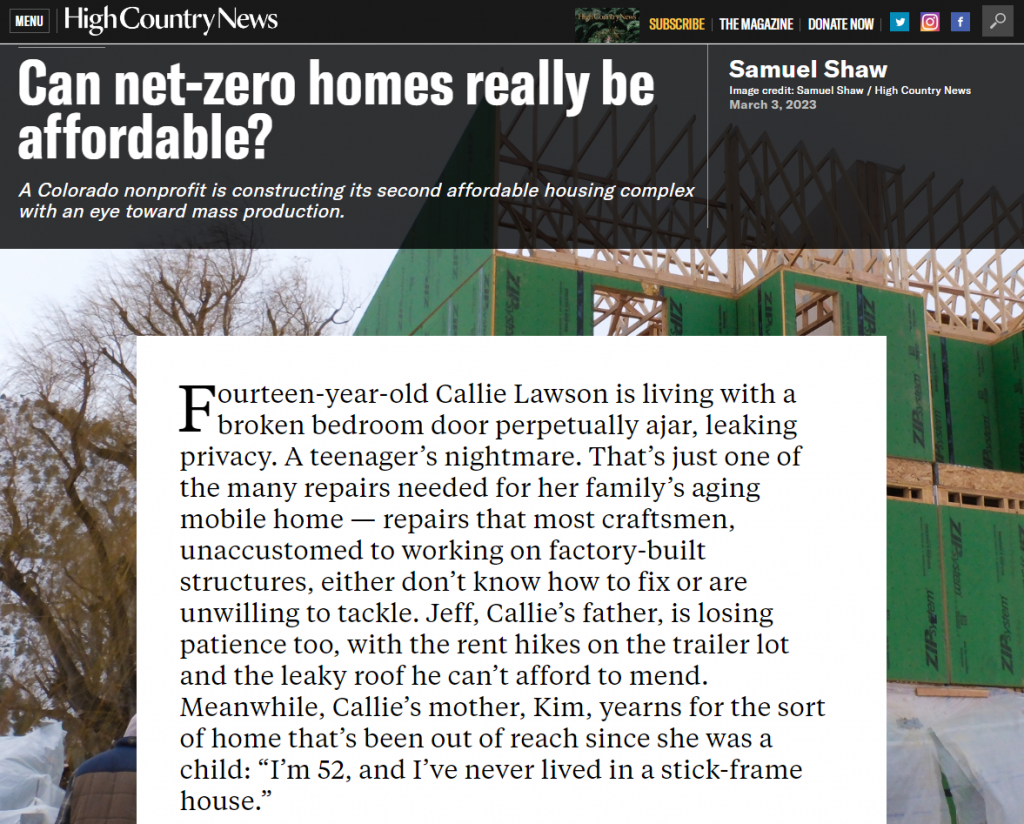The backbone of my company’s workforce housing development initiative is energy efficiency. In 2014, we constructed a two-phase project to explore the benefits of building with structural insulated panels as opposed to traditional stick-built framing.
We discovered that by spending as little as $5,000/unit more on carefully-selected components, we could attract up to $30,000/unit of additional capital to finance our projects. With construction costs of $150,000/unit, this $25,000 net benefit goes a long way towards keeping our projects affordable.
What to do with $25,000/unit? We decided to target the hard-to-reach workforce housing market. We engineered a family of 3-story garden apartment buildings and have several workforce housing projects underway at this time.
What we discovered is totally counterintuitive. We actually closed a $25,000/unit funding gap by spending MORE on construction, not less. Unfortunately, most developers, contractors, architects, and engineers have not yet come to understand the economics behind this. But they will one day – I am certain of that.
From the piece:
“The local branch of Habitat for Humanity is constructing Wapiti Commons, a 20-unit development slated for completion next summer. The project boasts units that are not only affordable, they’re also net-zero, meaning the development will produce as much energy with its solar panels as its efficient appliances consume, making utility bills cheaper. This is no custom-built one-off, but part of Habitat’s plan to show that sustainability can be standard, not just a luxury add-on. Habitat sees Wapiti and its sister site, Basalt Vista, as templates of what’s to come.”
A link to the piece can be found here
